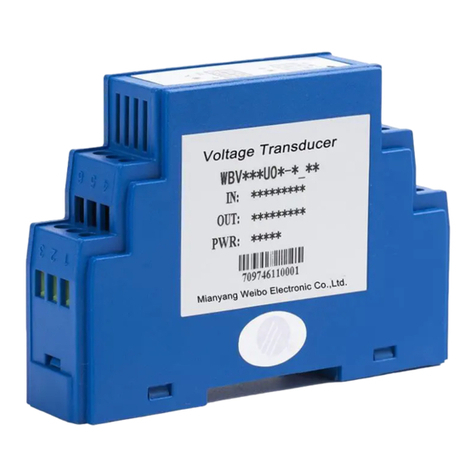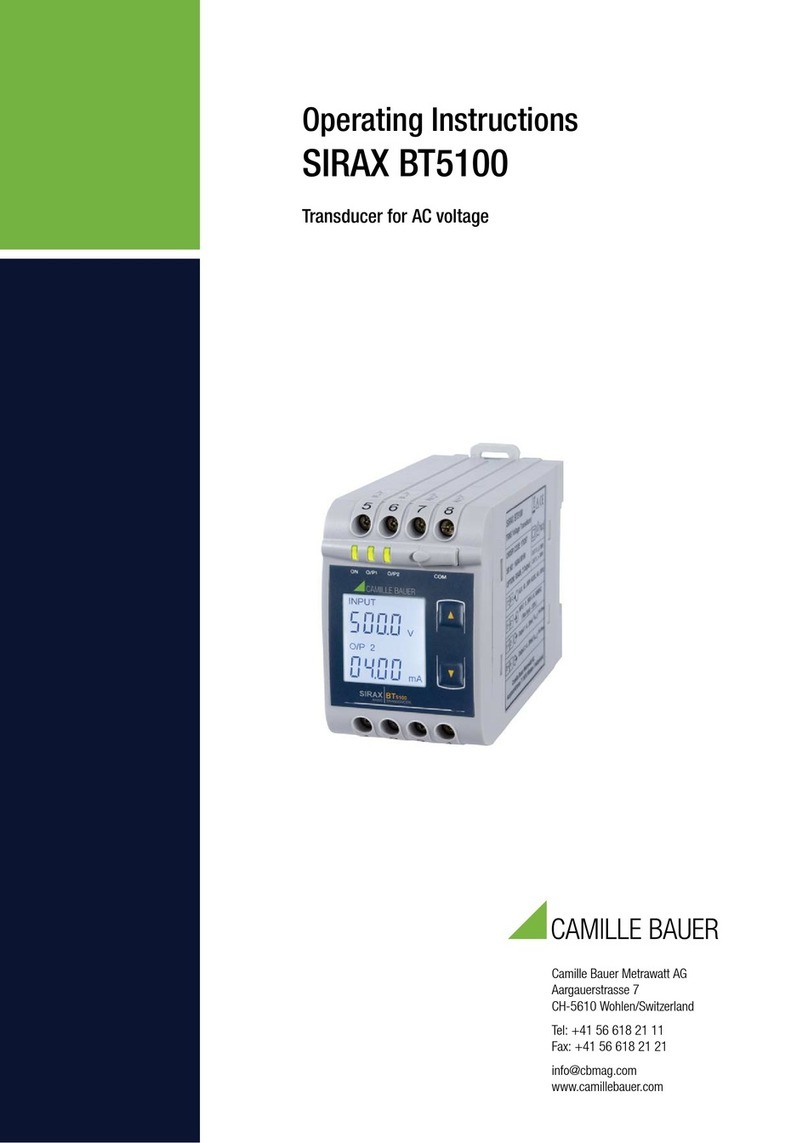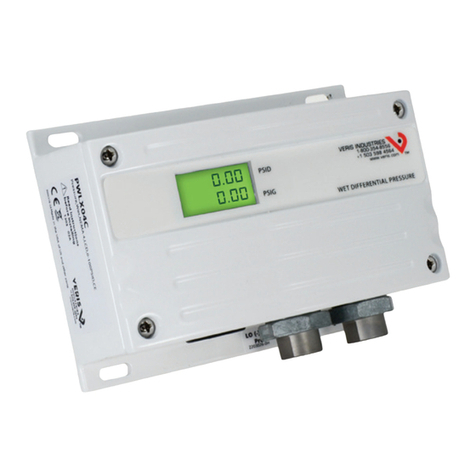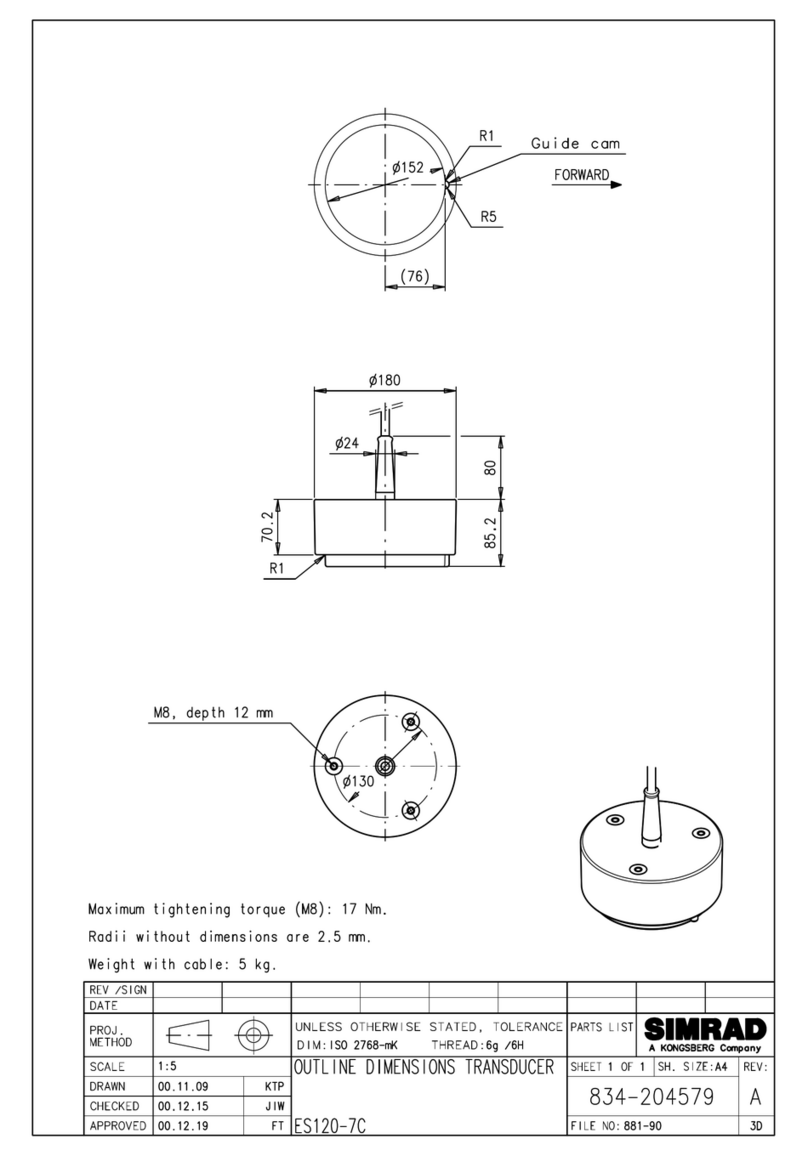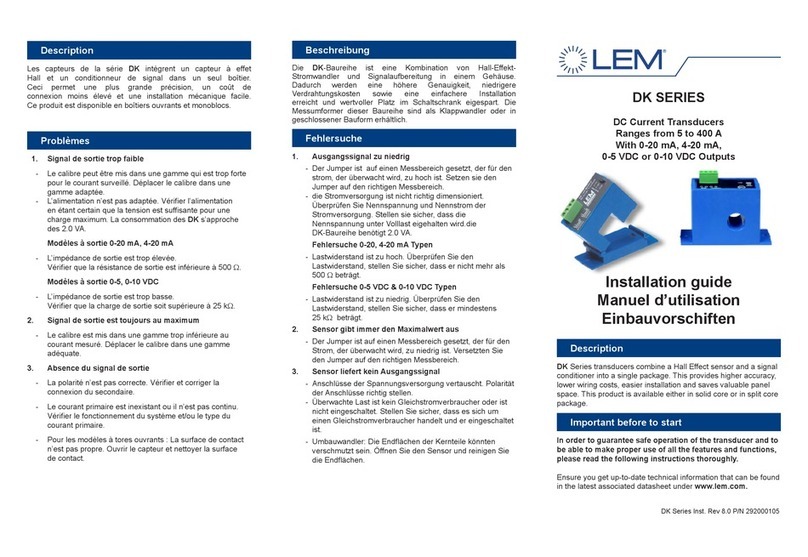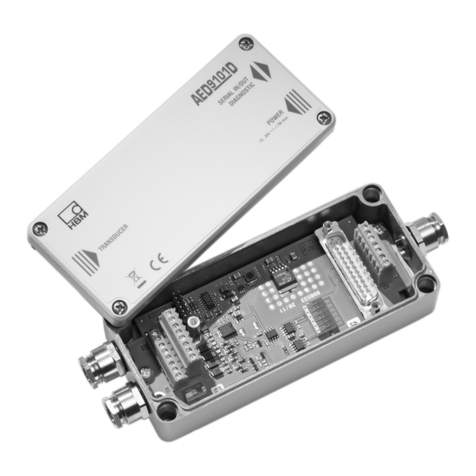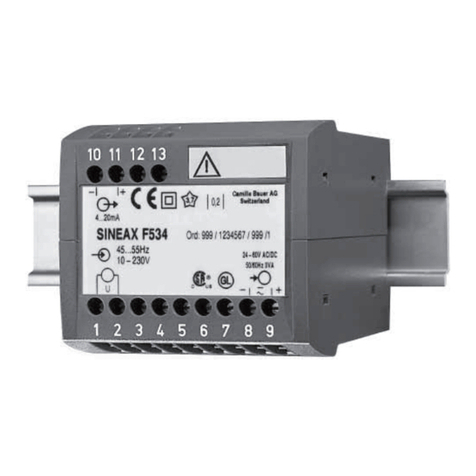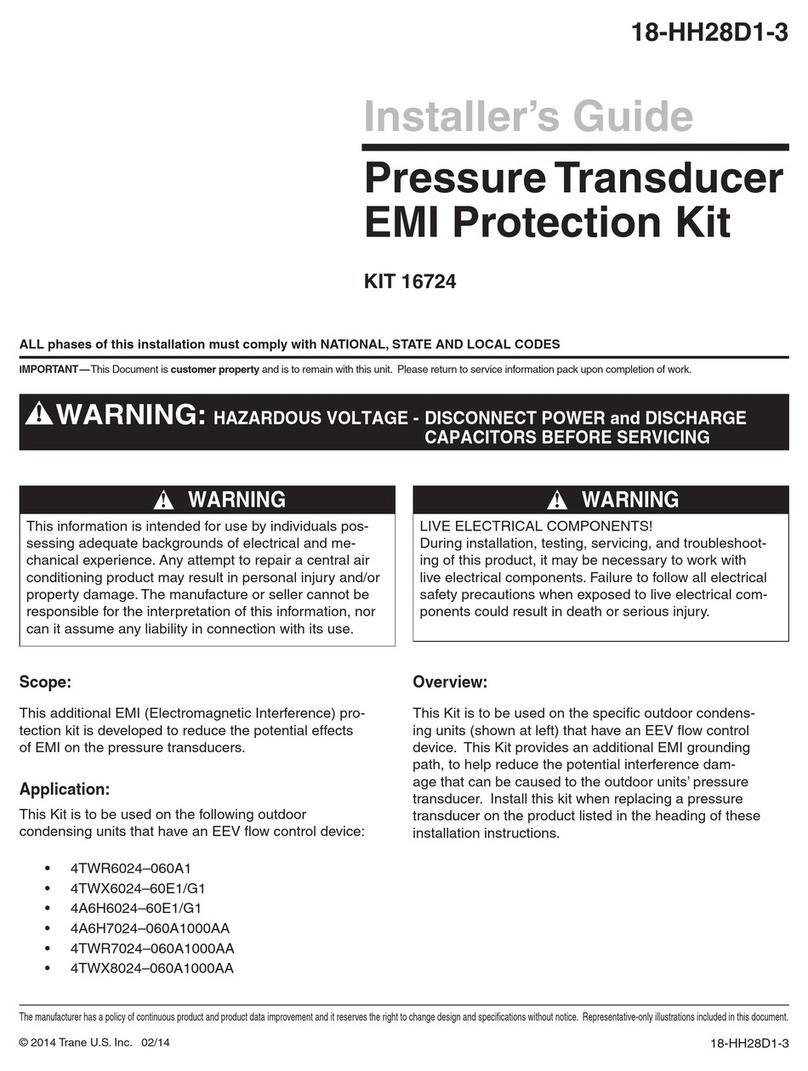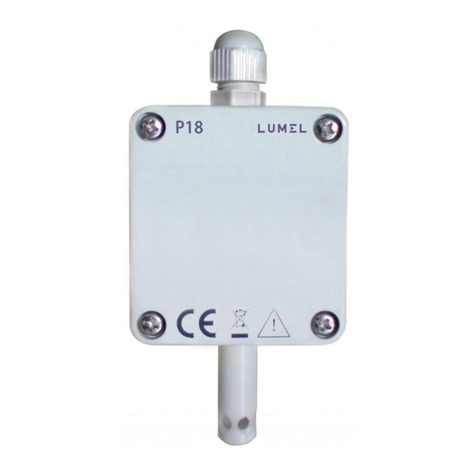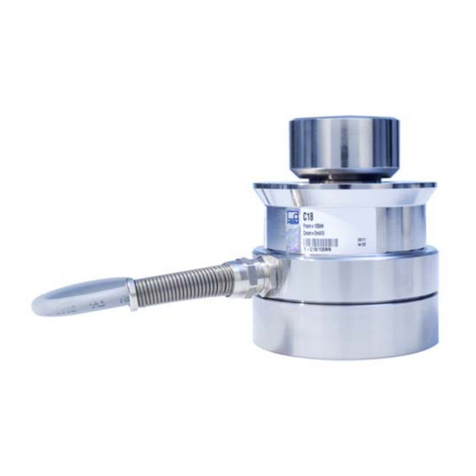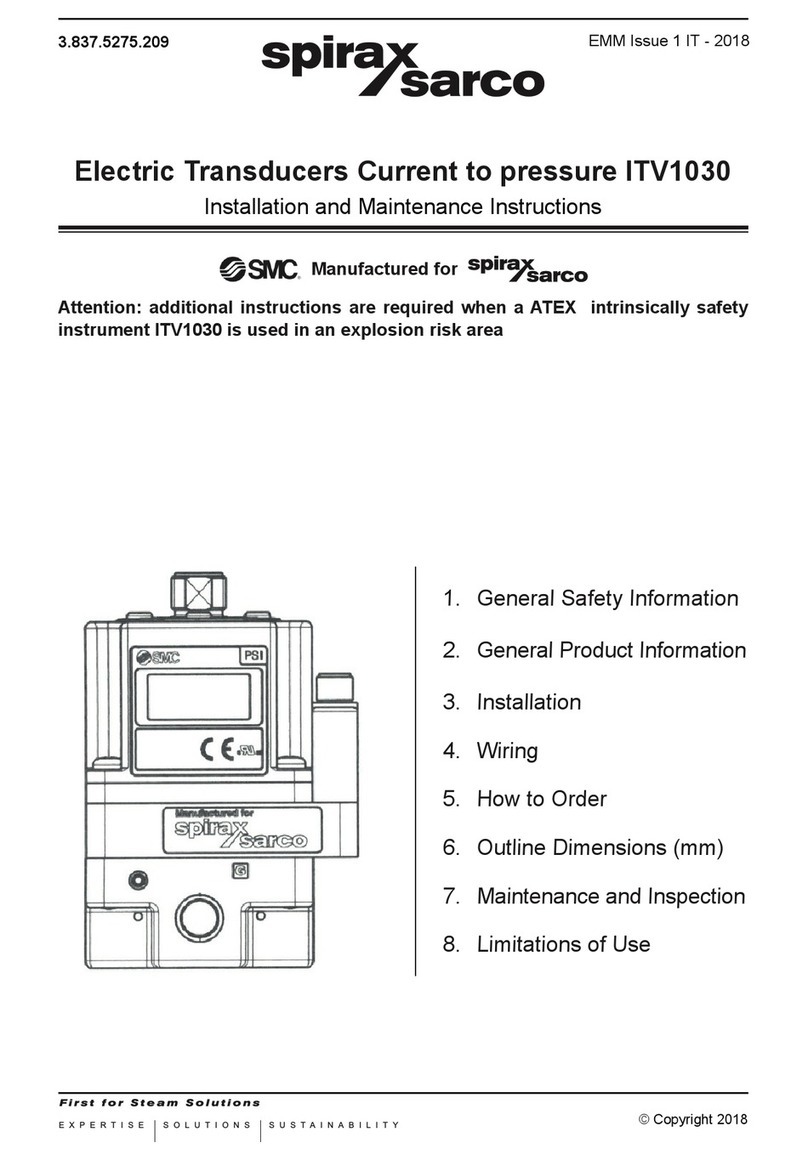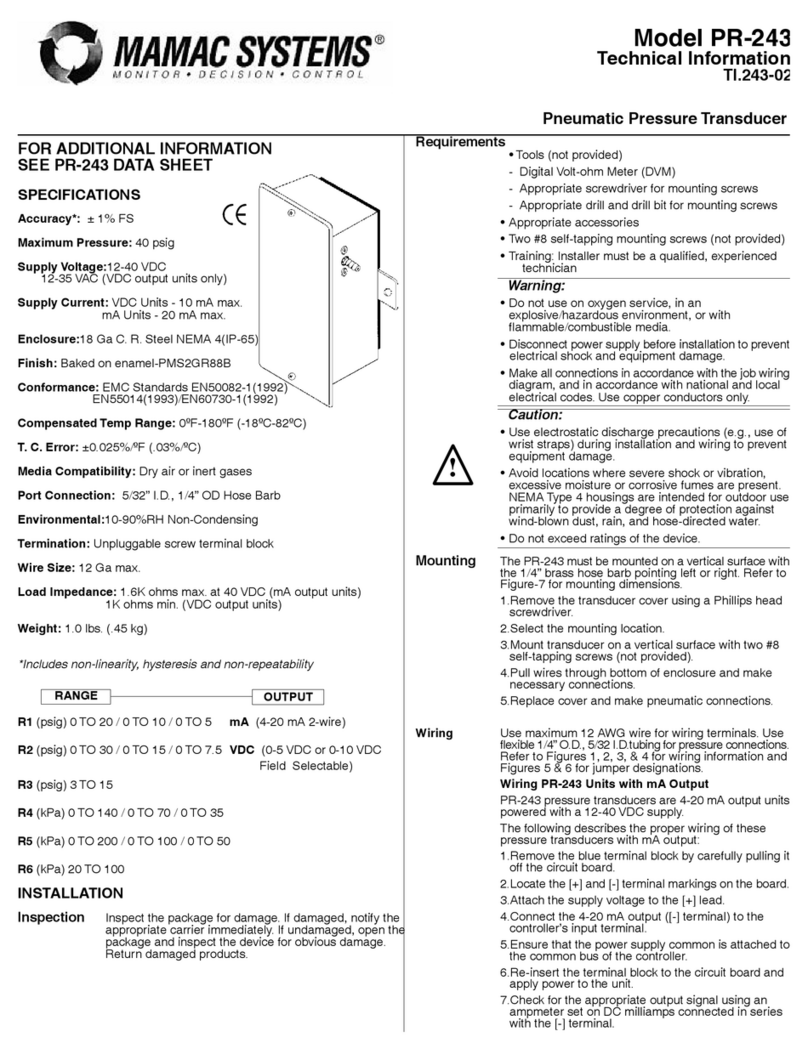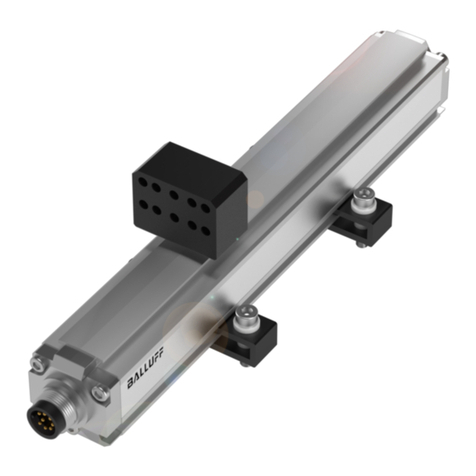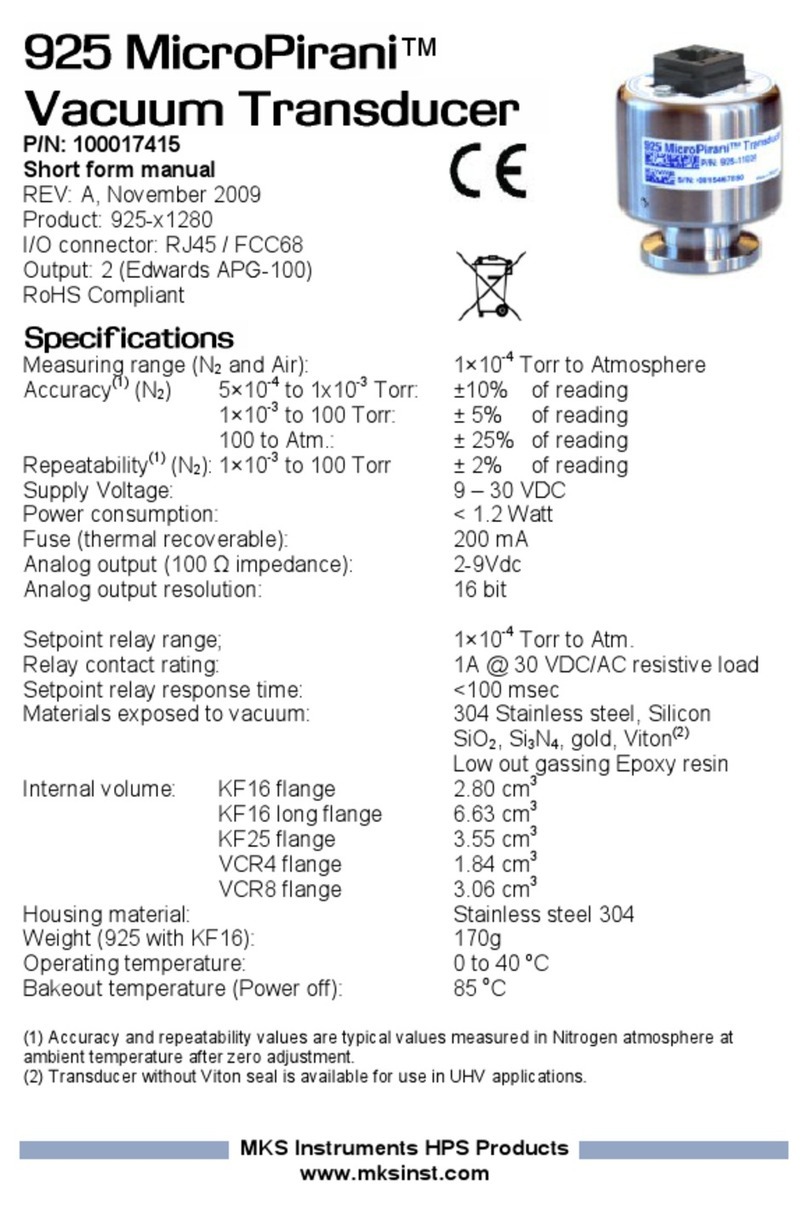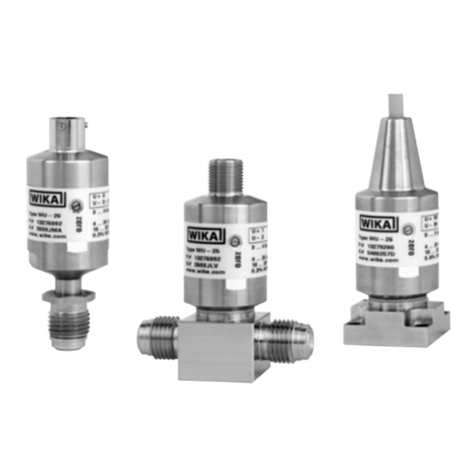1Approvals and safety considerations
The ECL150 and ECL150e are compliant with the following CE directives:
•2006/95/EC (Low Voltage Directive)
•2004/108/EC (EMC)
as validated using the following standards:
•Safety: 61010-1:2001
•EMC: 61326-1, 61326-2-3
To maintain compliance with these standards, the following operating conditions must be maintained:
•All I/O connecting cables must be less than three meters in length
•AC power cables must be rated at a minimum of 250 V and 5 A
•AC power must be connected to a grounded mains outlet rated less than 20 A
•Power supply must have CE certification and provide safety isolation from the mains according to IEC60950
or 61010.
•Sensors must not be attached to parts operating at hazardous voltages in excess of 30 VRMS or 60 VDC
•All external connections must be SELV (Safety Extra Low Voltage).
Use of the equipment in any other manner may impair the safety and EMI protections of the equipment.
2Helpful Technical Support Documents Online
The IBS Precision Engineering’s website has a large selection of technical documents (TechNotes and Application
Notes) in the Technical Library. These documents provide detailed descriptions of the operation and use of the
products of IBS Precision Engineering.
The Technical Library can be accessed at:
https://www.ibspe.com/expertise/technical-resources
Some of the titles include:
•Understanding Capacitive and Inductive Sensors
•Comparing Capacitive and Inductive Sensors
•Z-height Measurement with Non-contact Sensors
•Sensor Operation and Optimization
•Using Capacitive Sensors in Vacuum Applications
•Understanding Electrical Runout When Using an Eddy-Current Sensor for Roundness Measurements
•Inductive Probe Cabling Considerations
